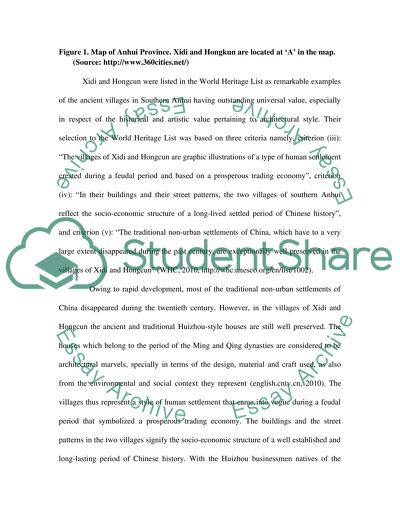Cite this document
(“Ancient Villages in Southern Anhui - Xidi and Hongcun Essay”, n.d.)
Retrieved from https://studentshare.org/history/1408818-ancient-villages-in-southern-anhui-xidi-and-hongcun
Retrieved from https://studentshare.org/history/1408818-ancient-villages-in-southern-anhui-xidi-and-hongcun
(Ancient Villages in Southern Anhui - Xidi and Hongcun Essay)
https://studentshare.org/history/1408818-ancient-villages-in-southern-anhui-xidi-and-hongcun.
https://studentshare.org/history/1408818-ancient-villages-in-southern-anhui-xidi-and-hongcun.
“Ancient Villages in Southern Anhui - Xidi and Hongcun Essay”, n.d. https://studentshare.org/history/1408818-ancient-villages-in-southern-anhui-xidi-and-hongcun.


